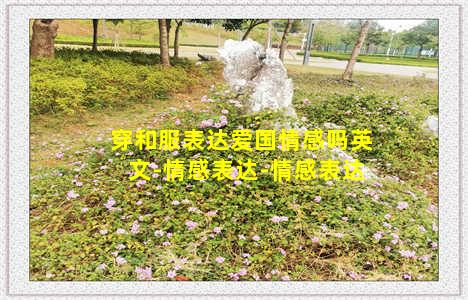
Wearing kimono is not only a traditional clothing of Japan, it is also a means of expressing love for one's country. The colorful and intricate designs of the kimono reflect the rich history and culture of Japan, and wearing one is a way of showing pride in one's national identity. In this article, we will explore the connection between wearing kimono and patriotism, and how it has evolved throughout Japanese history.
The origin of the kimono can be traced back to the Heian period (794-1185), where it was worn as an everyday clothing by the nobility. The design was simple - a long robe with wide sleeves, tied at the waist with a sash. As Japan entered the Edo period (1603-1868), the design became more elaborate, with different patterns, colors, and fabrics. Each region of Japan developed their own unique style of kimono, which reflected their local customs and traditions.
During the Meiji period (1868-1912), Japan went through a period of rapid modernization and westernization. Wearing traditional clothing, including the kimono, became less popular as people embraced western fashion. The kimono was seen as old-fashioned and impractical, and was reserved only for special occasions such as weddings and festivals.
However, in the early 20th century, a movement called "kimono fukoku" (kimono revival) began. The movement sought to promote the kimono as a national symbol, and encouraged people to wear it as a way of expressing their love for their country. The movement was inspired by the works of art critic Okakura Tenshin, who argued that the kimono was the embodiment of the Japanese spirit, and that by wearing it, people could connect with their cultural heritage.
Today, wearing kimono is not only a fashion statement, but also a way of preserving Japanese culture and tradition. Many young people in Japan are learning how to wear kimono and appreciate its beauty and history. There are also many festivals and events where people wear kimono as a way of celebrating their local culture and customs.
Wearing kimono can also be a political statement. In recent years, some Japanese politicians have worn kimono as a way of promoting Japanese culture and nationalism. This has been criticized by some as being exclusionary and perpetuating a narrative of Japanese superiority.
However, wearing kimono can also be a way of expressing universal values such as peace and respect for diversity. The kimono is a form of art and beauty that transcends national boundaries, and wearing one can be a way to connect with people from different cultures and backgrounds.
In conclusion, wearing kimono is a way of expressing patriotism and love for one's country. The rich history and culture of Japan is reflected in the intricate designs and patterns of the kimono, and wearing one is a way of preserving and celebrating that heritage. However, wearing kimono should also be done with respect and awareness of its cultural significance, and should not be used to promote exclusionary or nationalist agendas.
